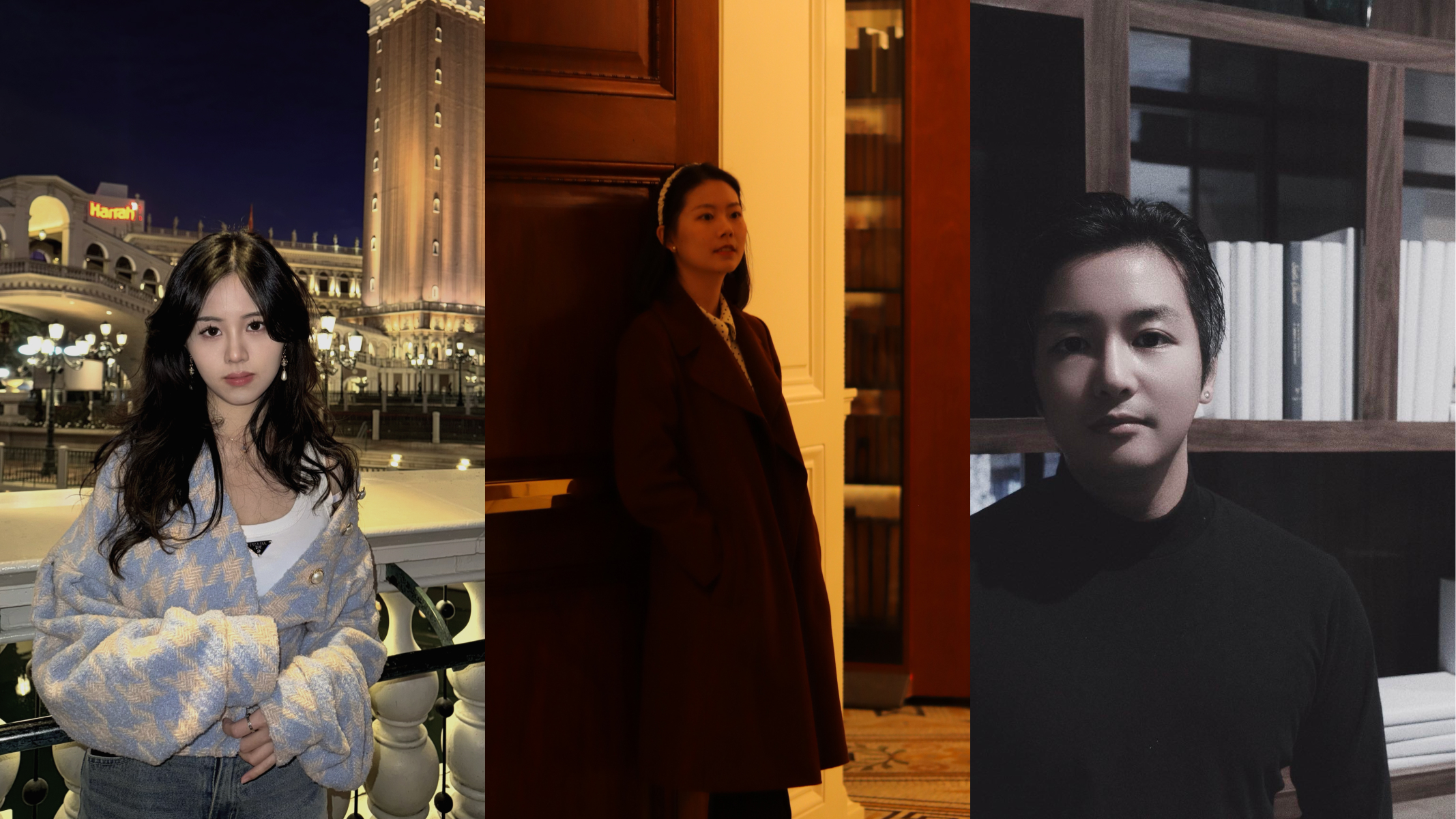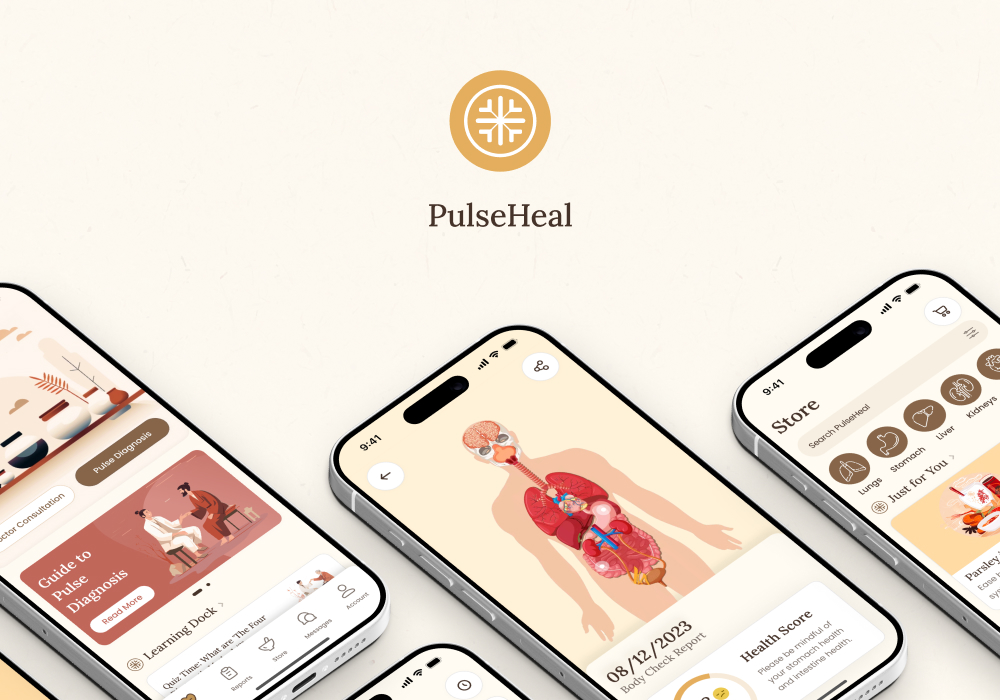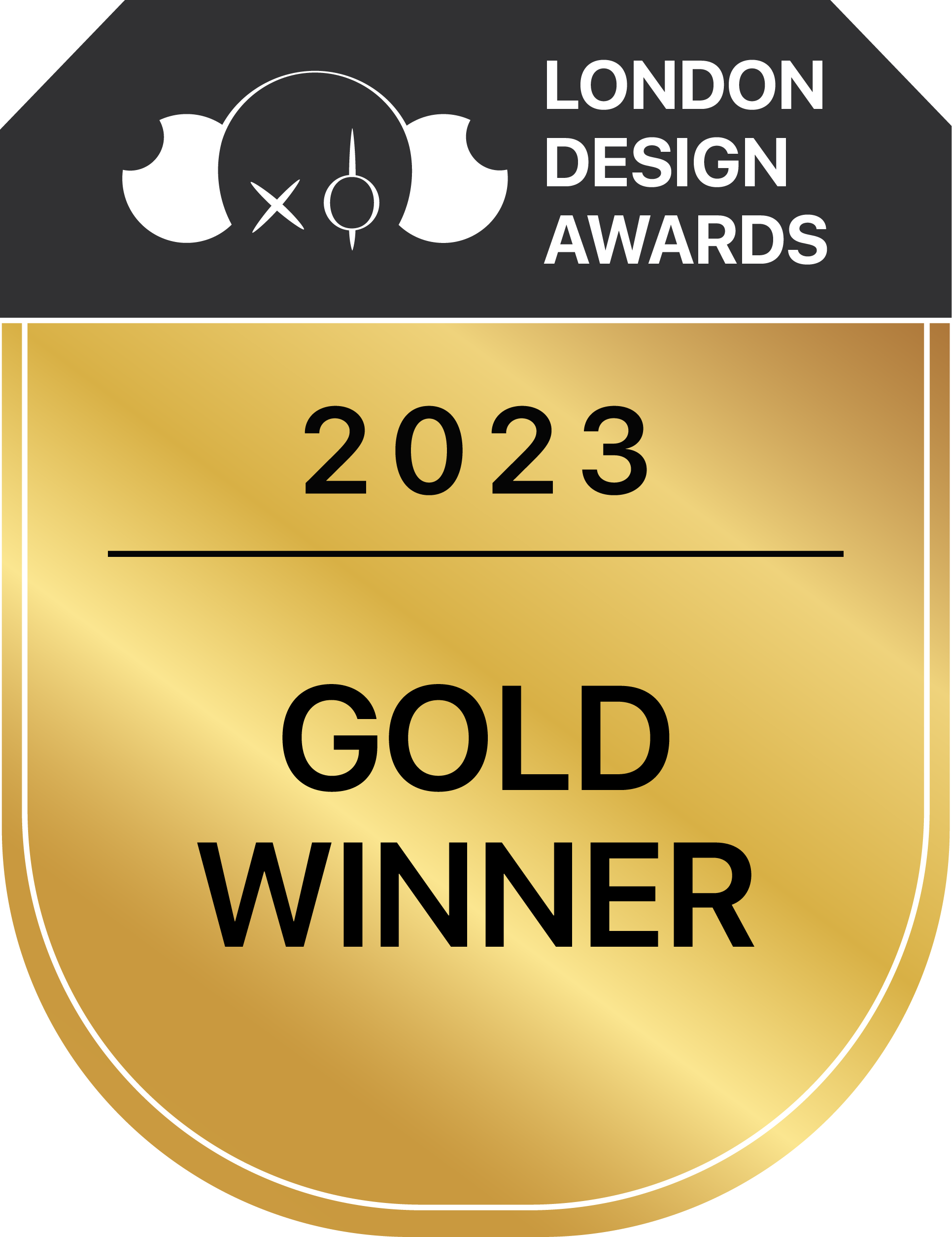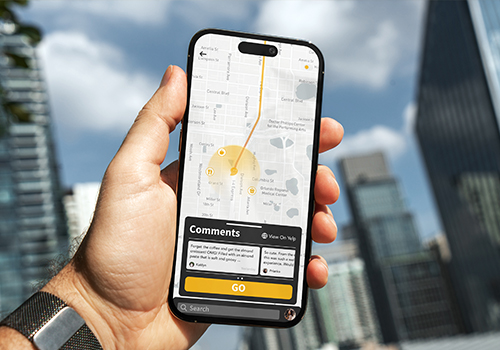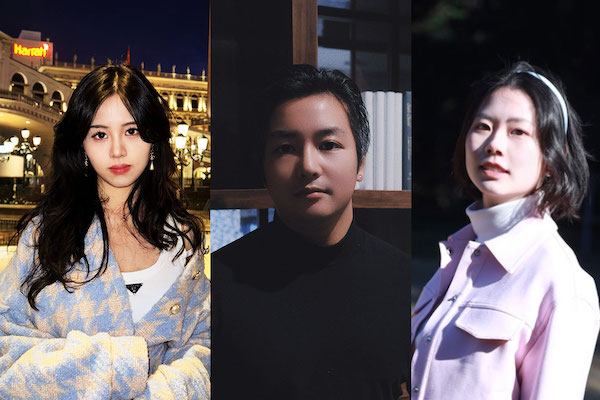
Jessica Kewei Lin, Xiesiyuan Shu and Sirui Li
1. Please give us a brief bio of yourself and your design background.
We are a professional product and interaction design team based in the United States. All of our designers have many years of design experience, offering professional design services and products.
2. What made you become/why did you choose to become a designer/artist?
We chose to become designers because of our lifelong passion for creativity and problem-solving. From a young age, we were fascinated by how design blends art and functionality, and this led me to pursue a career where we could use our creativity to make practical and impactful contributions. The ever-evolving nature of design keeps us constantly engaged and inspired, and there's immense satisfaction in seeing our work resonate with others and improve their experiences.
3. Tell us more about your agency/company, job profile, and what you do.
Our roles as designers involve conceptualizing and creating user-centric solutions that blend the ancient wisdom of TCM with contemporary health practices. We want to focus on ensuring that our digital platform is not only functional but also culturally enriching and easy to navigate. Our ultimate goal is to make TCM accessible to a broader audience while maintaining its authenticity and effectiveness.
4. What does “design” mean to you?
For us, design is the art of solving problems creatively and functionally. It's about creating solutions that not only look aesthetically pleasing but also fulfill a purpose and improve user experiences. Design involves understanding user needs, the context of use, and the impact of the solution on society and the environment. It's a process of continuous learning, adapting, and innovating to make the world a better, more efficient, and more beautiful place.
5. What’s your favorite kind of design and why?
Our favorite kind of design is user experience (UX) design, particularly in the health and wellness sector. We are drawn to the challenge of creating interfaces and experiences that are intuitive, engaging, and beneficial to users' health and well-being. UX design in healthcare is a field where design can truly make a difference, improving accessibility to healthcare and empowering users in their health journeys. It requires a deep understanding of user needs and behaviors, and the ability to translate these into digital solutions that can have a real impact on people's lives.
6. To you, what makes a “good” design?
A
7. How did you come up with the idea for your award-winning design?
The genesis of PulseHeal was our collective fascination with Traditional Chinese Medicine (TCM) and its untapped potential in modern health practices. We recognized the gap in accessible, comprehensive TCM services online and aimed to bridge this through an integrated platform that combines diagnosis, consultation, and procurement. The project was born from a desire to make TCM more accessible and relevant in today's digital world.
8. What was your main source of inspiration for this design?
Our inspiration for PulseHeal came from the intricate balance of art and functionality in design, coupled with a deep respect for the age-old wisdom of Traditional Chinese Medicine. We were inspired by the challenge of integrating ancient practices with modern technology to provide a solution that is both practical and culturally enriching.
9. Do you think your country and its cultural heritage has an impact on your design process?
Yes, the cultural heritage of Traditional Chinese Medicine, deeply rooted in our country's history, significantly influenced our design process. We aimed to preserve and promote this rich cultural legacy through PulseHeal, ensuring that the principles and practices of TCM are accessible and relevant in the contemporary digital age.
10. Congratulations! As the winner of the London Design Awards, what does it mean to you and your company and team to receive this award distinction?
Receiving the London Design Awards is a tremendous honor for us. It validates our efforts in integrating traditional practices with modern technology and reinforces our commitment to promoting wellness and cultural appreciation globally. This recognition is not just a testament to our design but also to the potential of Traditional Chinese Medicine in contributing to contemporary health solutions.
11. Can you explain a bit about the winning work you entered into the London Design Awards, and why you chose to enter this project?
PulseHeal is a comprehensive platform that fuses Traditional Chinese Medicine with modern health practices. We chose to enter this project as it represents a unique blend of cultural heritage and innovative design, addressing a real need for accessible and integrated TCM services. The project stands out as an embodiment of how design can bridge the gap between traditional wisdom and modern needs.
12. What were the main challenges you faced during the design process, and how did you overcome them?
One of our main challenges was navigating the extensive field of TCM to create a focused and user-friendly platform. We overcame this by conducting thorough research, including interviews and surveys, to identify the specific needs and preferences of our target users. This research guided our design process, enabling us to develop a platform that was both functional and true to the principles of TCM.
13. How do you think winning this award will impact your future as a designer?
Winning this award will undoubtedly open new doors and provide opportunities for further growth and innovation. It positions us as pioneers in integrating traditional medical practices with modern technology and sets a benchmark for future projects. This recognition will inspire us to continue pushing the boundaries of design and cultural integration.
14. What are your top three (3) favorite things about the design industry?
The three favorites are the following. First, the endless possibilities for creative expression and problem-solving. Second, impact on society. Design industry has the ability to design solutions that positively impact people's lives and the environment. Third, dynamic nature. The constantly evolving trends and technologies keep the industry fresh and exciting.
15. What sets your design apart from others in the same category?
PulseHeal stands out for its unique integration of Traditional Chinese Medicine in a digital format. Unlike other health platforms, it offers a comprehensive solution that includes diagnosis, consultation, and procurement, all within a culturally sensitive and user-friendly framework.
16. Where do you see the evolution of design industry going over the next 5-10 years?
In the next 5-10 years, we anticipate a stronger focus on sustainability, user-centered design, and the integration of emerging technologies like AI and VR in design processes. The industry is likely to see more collaborations between traditional practices and modern technology, creating solutions that are both innovative and grounded in cultural heritage.
17. What advice do you have for aspiring designers who want to create award-winning designs?
We advise aspiring designers to cultivate curiosity, maintaining an openness to learning and exploring new ideas. Embracing challenges is crucial, as designers can leverage them as opportunities for personal growth and innovation. Lastly, placing a strong emphasis on the user is paramount. Designing with the end-user in mind ensures functionality and relevance, ultimately leading to more effective and user-centric design solutions.
18. What resources would you recommend to someone who wants to improve their skills in the design industry?
We would recommend staying updated with the latest trends and techniques. Regularly reading articles in design related fields can provide deep insights and broaden understanding of the best design practices. Also active participation in design communities as well as attending workshops and conferences is highly beneficial. These opportunities offer you chances to network with peers and industry experts, share experiences, and gain new perspectives.
19. Tell us something you have never told anyone else.
Throughout our journey in design, we
20. Who has inspired you in your life and why?
Our biggest inspiration has been our mentor in design school, who taught us the importance of empathy in design. Their approach to understanding and solving user needs profoundly shaped our design philosophy.
21. What is your key to success? Any parting words of wisdom?
Our key to success is a relentless pursuit of learning and adaptation. Embrace change, be receptive to new ideas, and always design with empathy and purpose.
22. Do you have anything else you would like to add to the interview?
We'd like to emphasize the importance of cultural sensitivity in design. In our globalized world, understanding and respecting diverse cultural backgrounds is crucial in creating designs that are not only innovative but also inclusive and respectful.
